Graham Reid | | 5 min read
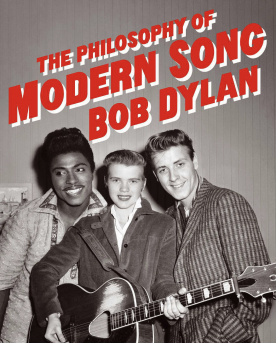
Anyone who had listened to programmes in Bob Dylan's Theme Time Radio Hour will doubtless hear his voice and cadences while reading this uneven collection of short essays on 66 diverse songs which he has, apparently, been writing for over a decade.
What is immediately apparent is that the title of the book and many of the songs are like Hitchcock's MacGuffins, canny misdirections before the auteur gets to what he wants to reveal or say.
It is impossible to discern any over-riding “philosophy” here although we will accept “modern song”, even though some have carped at that definition given so many here date back to before the Sixties.
And even Elvis Costello's Pump It Up, the furious offspring of Dylan's own Subterranean Homesick Blues, is now almost 45 years old.
But many confuse “modern” with “contemporary” so we'll default to the late art critic Robert Hughes' loose definition of modern in art meaning art since Picasso's emergence.
Modern in popular song can therefore simply mean from the age of recorded music.
So perhaps the title is mischievously half correct. What Dylan makes of the songs can often be another matter.
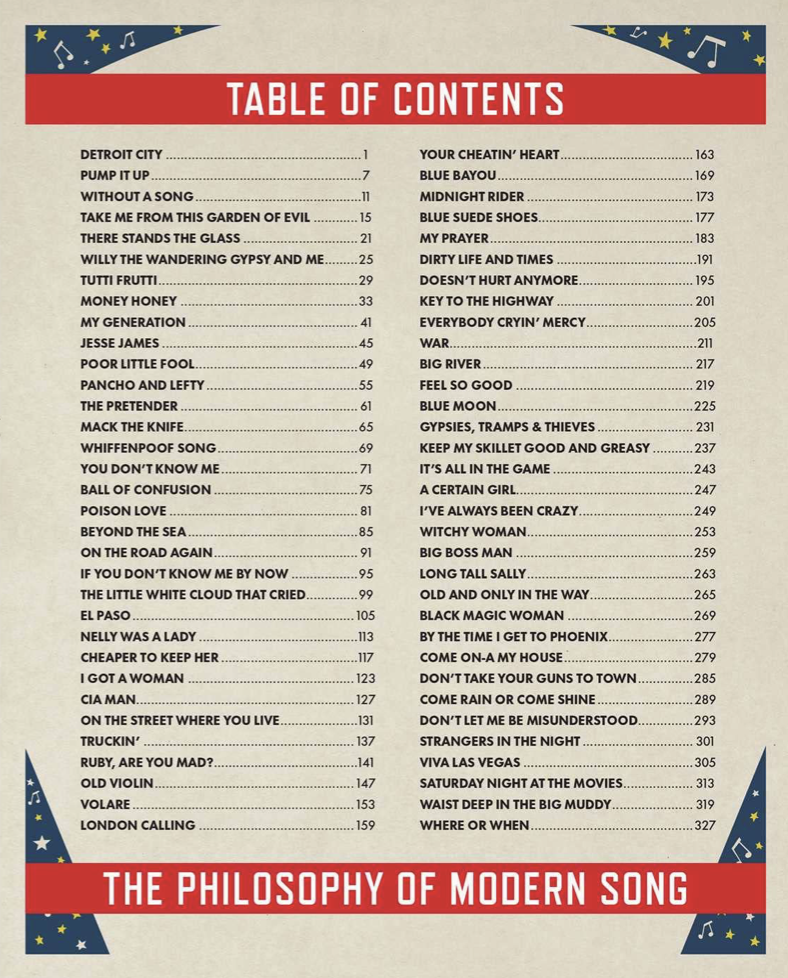 Take his comments on Jackson Brown's The Pretender (1976) which is about the central subject's defeated acceptance of the failure of Sixties optimism and dreams, resigned to a life in post-Nixon America and in a similar tone as Paul Simon's American Tune of a few years previous.
Take his comments on Jackson Brown's The Pretender (1976) which is about the central subject's defeated acceptance of the failure of Sixties optimism and dreams, resigned to a life in post-Nixon America and in a similar tone as Paul Simon's American Tune of a few years previous.
Dylan barely addresses the song let alone any of that, but riffs off on the idea of pretenders, describing them variously as a menace to church and society, self-aggrandizing, ever surrendering to the third person, who sold himself for a tiny bit of the American dream (Browne's character has sold himself but knows he also lost self-respect because of it), doesn't want to be fossilized or turned into a mummy, cruising in the twilight where the air is chilled and biting . . .
Such an accumulation of phrases, images, rhymes and rhythms run like an epidemic through these pages.
Like this: “Gentleman rankers off on a spree, doomed from here to eternity. This song belongs to everybody, the fraternal order, the political machine, the silent majority and the wealth of nations. It's predetermined, ordained and comes right out of the book of Fate”.
That's Dylan on the hoary Whiffenpoof Song originally written in the early 1900s for a Yale glee club and recorded by Bing Crosby in 1947.
Now somewhere in there are key ideas about this song of the privileged, but Dylan gets that out of the way early on and gets into extrapolation and . . . well, riffing.
It's kinda fun and the trick here is to slow down as you read otherwise a tsunami of ideas will upset your canoe, rock your dinghy, have water rushing in and you furiously bailing, headwinds turning mean and indifferent, shoals and shallows looming . . .
Throughout these 335 pages – with photos or illustrations which bounce off the song or ideas Dylan raises – there are scores of pithy insights however.
This on Costello in the Pump It Up entry: “Submission and transmission, pressure pin and other sin, just rattled through this song. It's relentless as all his songs from this period are. Trouble is, he exhausted people. Too much in his songs for anybody to actually land on. Too many thoughts, way too wordy. Too many ideas just bang up against themselves”.
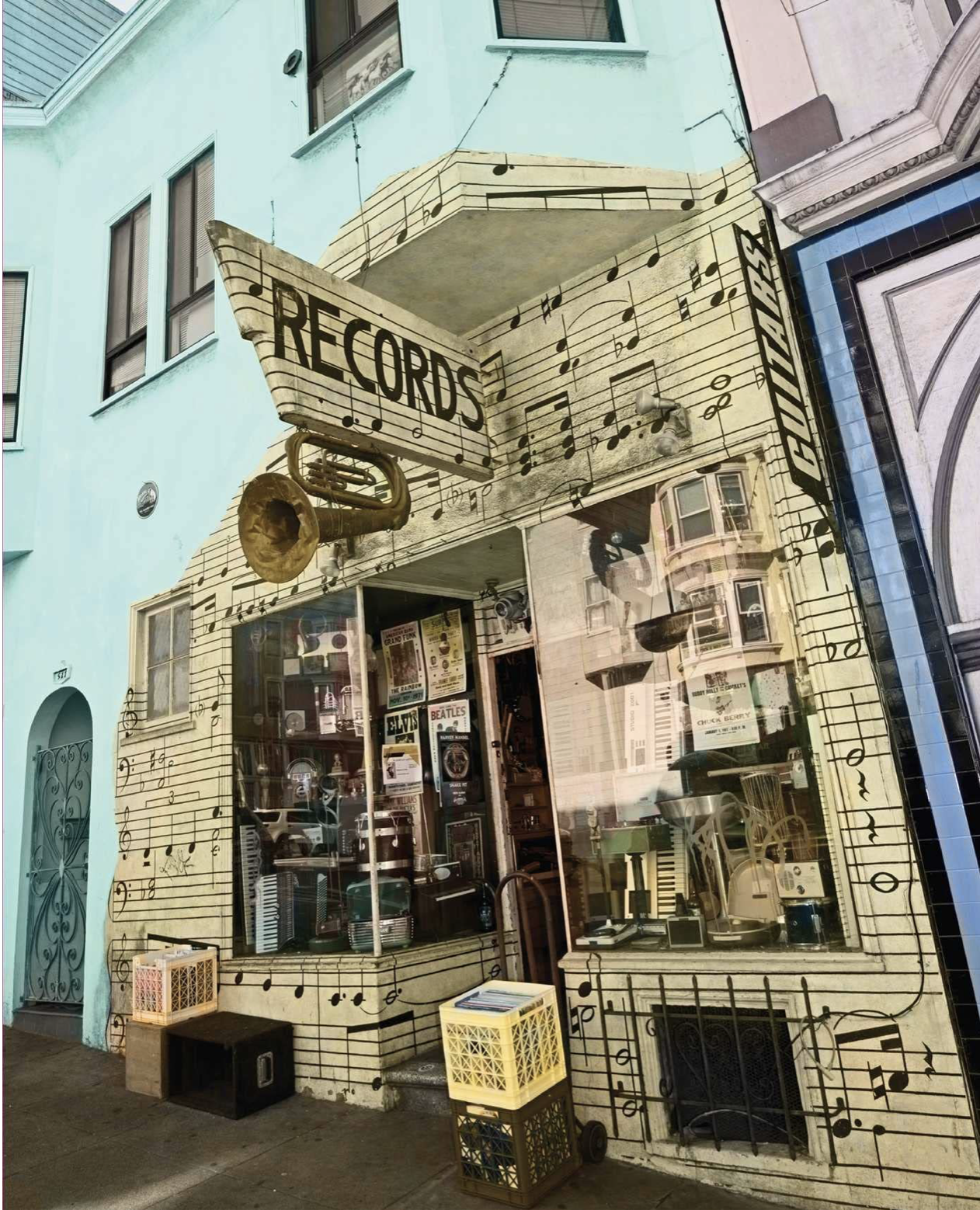 True, but funny coming from the man who wrote Stuck Inside of Mobile with the Memphis Blues Again, Desolation Row, Mr Tambourine Man . . .
True, but funny coming from the man who wrote Stuck Inside of Mobile with the Memphis Blues Again, Desolation Row, Mr Tambourine Man . . .
“The worst thing about a song like Pancho and Lefty is that it put enough money in [alcoholic singer/songwriter Townes Van Zandt's] pocket for him to poison himself”.
When he writes of Pete Seeger's Waist Deep in the Big Muddy (1967) he moves through the difference between religion and science (“the distance between unanswered and unanswerable questions”), the Disney crew chasing lemmings off a cliff to create the memorable myth, Walter Cronkite breaking journalistic neutrality and speaking out against the war in Vietnam and finally pitches up in the present day.
“Turns out the best way to shut people up isn't to take away their forum, it's to give them all their own separate pulpits. Ultimately most folks will listen to what they already know and read what they already agree with.
“They will devour pale retreads of the familiar and perhaps never get to discover they might have a taste for Shakespeare or flamenco dancing. It's the equivalent of letting an eight-year old pick their own diet . . .”
Welcome to our shouty, social media world.
So we need to not just slow down (and have the song available*, most will be unfamiliar or only half-remembered) and let Dylan take us where the ideas take him, be it referring to Jay-Z or Camus, Jack Ruby or the life of Native American activist John Trudell.
Along the way you'll hear that “bluegrass is the other side of heavy metal. Both are musical forms steeped in tradition. They are the two forms of music that visually and audibly have not changed in decades. People in their respective fields still dress like Bill Monroe and Ronnie James Dio. Both forms have a traditional instrumental line-up and a parochial adherence to form”.
Dylan reminds us of the Ukrainian Jew named Nuta Kotlyarenko who escaped Tsarist Russia and remade himself as tailor to the stars Nudie Cohn with his famous Nudie suits (in the entry about Webb Pierce's 1953 alcoholic's refuge in There Stands The Glass), the difference between oldtime outlaws and modern self-styled gangsters, and – perhaps best of all – the depth of songs before the rock'n'roll era when songwriting was different.
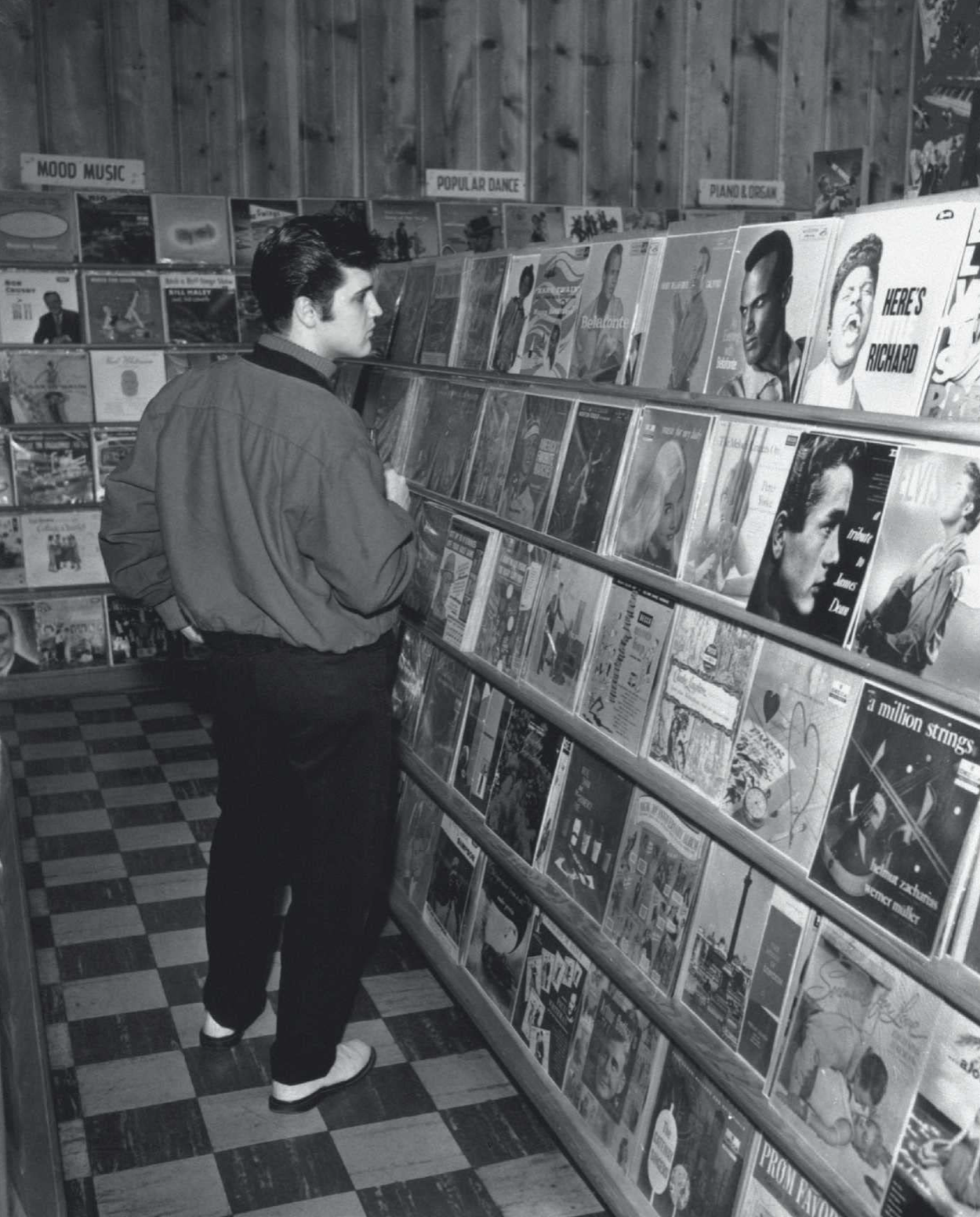 He casually makes interesting distinctions between Frank Sinatra, Perry Como, Bobby Darin (who gets two entries, as does Willie Nelson) and Tony Bennett, songs about secrets (don't trust the Beatles, they'll give you one up on Do You Want To Know a Secret) and so much more.
He casually makes interesting distinctions between Frank Sinatra, Perry Como, Bobby Darin (who gets two entries, as does Willie Nelson) and Tony Bennett, songs about secrets (don't trust the Beatles, they'll give you one up on Do You Want To Know a Secret) and so much more.
Ideas are crammed into lines and asides; the Temptations, Cher, Nina Simone and Ricky Nelson given as much attention as Johnnie Ray, Johnny Paycheck, the Fugs, Grateful Dead and Little Walter.
The entries can also be funny (check out Roy Orbison's Blue Bayou of 1963 where he shares an old “dad joke”) and Dylan frequently uses almost archaic words (neighborly, rascals, a strange duck).
But the women in many of the songs he finds to be – or interprets as – angry, deceitful, harpies, devious, gold-diggers and worse.
And of the 66 entries only four are sung by women.
At first glance this book isn't about what it seems to be about, it is a literary MacGuffin from which Dylan can digress, pen lyrical analyses, or potted biographies of artists or songwriters as different as Stephen Foster, Mose Allison and Little Richard . . .
And so much more.
It's that "more" which is what this book is about. After all, who at the end of Psycho, remembers it started with a robbery?
.
* There is a Spotify playlist of these songs here.
This is also available as a six hour 40 minute audiobook with main entries read by Dylan and with passages by Jeff Bridges, Steve Buscemi, Helen Mirren (a rather prissy reading about Costello) and others.

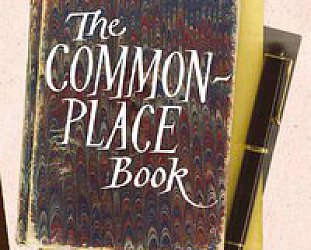

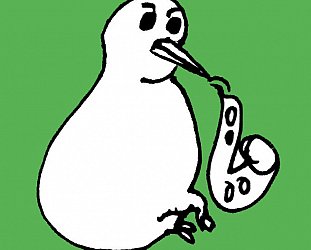
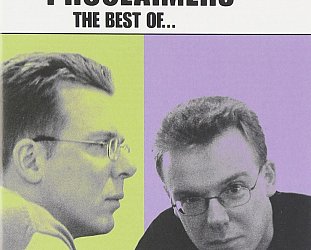
post a comment